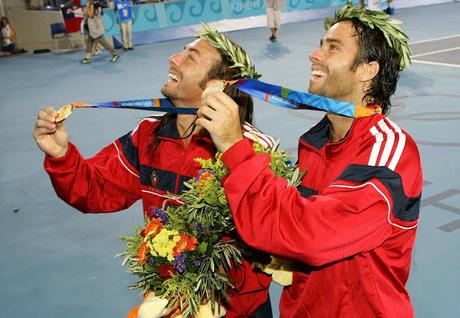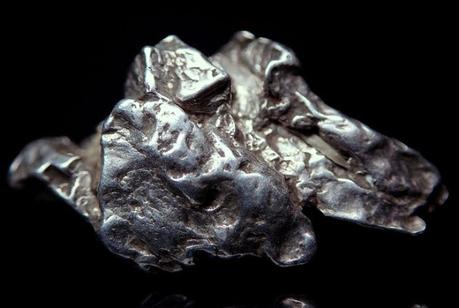We have seen and liked treasure-hunt movies but – those heroes who succeed in finding out huge trash of wealth lead a happy life thereafter ? do riches provide happiness, undoubtedly making the finder wealthier ! ~ something on silver outcrop found this day, 189 years ago !!

Chileans are heading to the polls in an unprecedented election to decide who will write the new constitution following a period of mass unrest, a vote that will shape the future of one of Latin America’s richest nations. This weekend, citizens will select the 155 members of the Constitutional Assembly that will draft a new charter over a year. Elections will also be held for governors, mayors and city council members. Results will come after polls close at 6:00 p.m. local time on Sunday, in a vote that was extended to two days because of the pandemic.
Chile, is a country in western South America. It occupies a long, narrow strip of land between the Andes to the east and the Pacific Ocean to the west. Chile is the southernmost country in the world, the closest to Antarctica, and borders Peru, Bolivia, Argentina to the east, and the Drake Passage. The country's capital and largest city is Santiago, and its national language is Spanish.
All that glitters is not gold and life is not only about the yellow metal. There is another cousin equally shining. The one with the chemical symbol ‘Ag’ – soft, white, lustrous transition metal, having the highest electrical conductivity and one in pristine pure form considered auspicious - the Silver. Silver has been valued as a precious metal for long and is also used to make ornaments, jewellery, high value utensils [silverware] and considered prestigious. Born with a silver spoon is a common idiom and eating in a silver plate is considered exhibiting one’s richness. Silver is used in electrical contacts, conductors, as catalyst, photographic film and more. Silver is ductile, malleable and reveals metallic luster with polish.
The story of silver mining began about 5,000 years ago. Silver was first mined around 3,000 BCE in Anatolia, now located in modern-day Turkey. The precious metal helped early civilizations in the Near East, Ancient Greece to flourish. In about 1,200 BCE the center of silver production shifted to Greece’s Laurium mines, where it continued to feed the region’s growing empires, even providing currency for ancient Athens. Penasquito, located in the north-eastern part of the state of Zacatecas, Mexico, is the world’s biggest silver mine by reserve.

Silver is rarely found in its pure form, called native silver. Between 1830 and 1850 Chilean silver mining grew at an unprecedented pace which transformed mining into one of the country's principal sources of wealth. The rush caused rapid demographic, infrastructural, and economic expansion in the semi-arid Norte Chico mountains where the silver deposits lay. A number of Chileans made large fortunes in the rush and made investments in other areas of the economy of Chile. By the 1850s the rush was in decline and lucrative silver mining definitely ended in the 1870s. At the same time mining activity in Chile reoriented to saltpetre operations.
Placer deposits of gold were exploited by the Spanish in the 16th century following their arrival in the same century. However, only after the independence in the 19th century did mining once again get prominence among economic activities in Chile.
On May 16, 1832, prospector Juan Godoy found a silver outcrop (mineral deposits) 50 km south of Copiapó in Chañarcillo. According to folklore Godoy was guided to the riches of Chañarcillo by an alicanto, a mythological nocturnal bird of the desert of Atacama, pertaining to Chilean mythology. Godoy successfully claimed the discovered outcrop in his name and the name of José Godoy and Miguel Gallo. The finding attracted thousands of people to the place and generated significant wealth. During the heyday of Chañarcillo it produced more than 332 tons of silver ore until the deposits begun to be exhausted in 1874. A settlement of 600 people mushroomed in Chañarcillo leading to the establishment of surveillance system to avoid disorders and theft of ore. The settlement evolved over time to a town named Juan Godoy which came to have a plaza, school, market, hospital, theater, a railroad station, a church and graveyard.
Copiapó experienced a large demographic and urbanistic growth during the rush. The town became a centre for trade and services of a large mining district. In 1851 Copiapó was connected by railroad to Caldera, its principal port of export. The mining zone slowly grew northwards into the diffuse border with Bolivia. Agriculture in Norte Chico also expanded as a consequence of the rush. However this could not last long and by 1855, Copiapo saw its decline. At the end of the silver rush, rich miners had diversified their assets into banking, agriculture, trade and commerce all over Chile
In 1870, 1570 miners worked in the Chañarcillo mines; however the mines were exhausted by 1874 and mining ended in 1888 after the mines became flooded.
Nicolás Alejandro Massú Fried is a Chilean tennis player, who represented Chile at three Summer Olympics: 2000 Sydney, 2004 Athens and 2008 Beijing. At the 2000 event's opening ceremony, he was his country's stand in flag bearer after Marcelo Ríos failed to show up. In Athens 2004, Massú captured both singles and doubles titles. On August 21, he and Fernando González defeated Nicolas Kiefer and Rainer Schüttler of Germany to win the doubles competition, making history by giving Chile its first ever Olympic gold medal in any sport, after nearly a full century of Olympic participation. Massú and González came from four straight match points in the fourth set tie-break to claim the gold. The following day, he captured his second gold medal by defeating American Mardy Fish in five sets in the men's singles final. Pictured at the start is Nicolas Massu & Fernando González
With regards – S. Sampathkumar16.5.2021.

